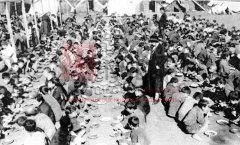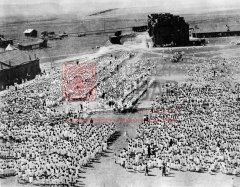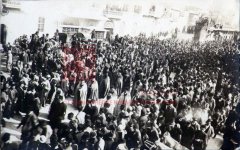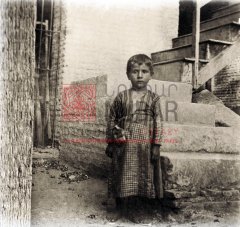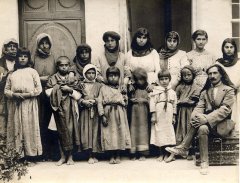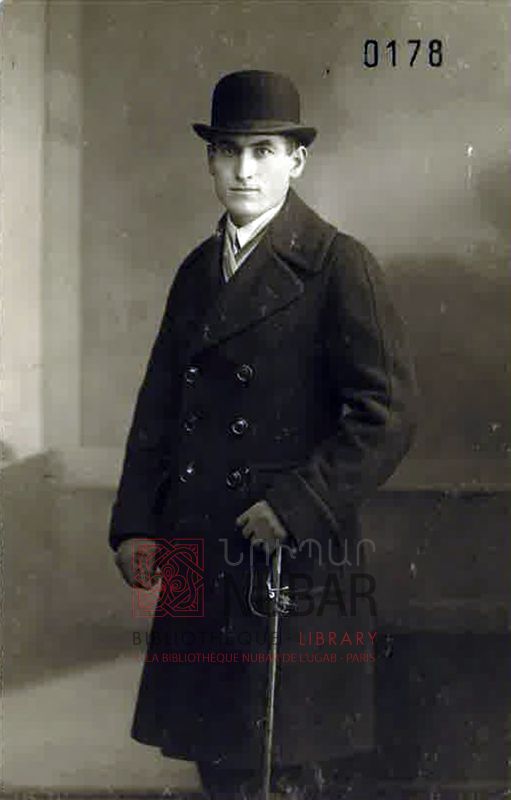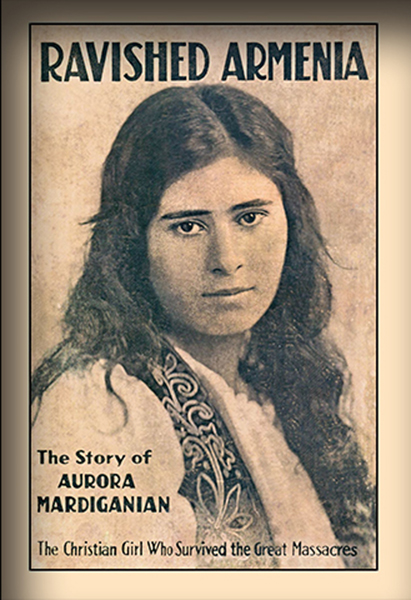| IV -THE IMMEDIATE CONSEQUENCES OF THE GENOCIDE IN THE AFTERMATH OF WORLD WAR I |
| 1. THE SITUATION OF THE SURVIVORS Survivors identified at the end of the war may be classified into two main categories:
> thousands of children and girls kidnapped by Bedouin tribes who were recovered after the armistice of October 1918; > over a hundred thousand deportees, mostly from Cilicia, whom British forces discovered in an indescribable state during their slow conquest of Palestine and Syria, from the end of 1917 and into 1918. Tens of thousands of survivors and refugees were also found in the Caucasus and Persia. |
paix_rescapes
Déportés arméniens regroupés dans la caserne ottomane d’Alep après le départ des troupes turques, en 1918 (coll. Bibliothèque Nubar).
http://localhost:8888/bnulibrary/images/expos_virtuelles/armenie1915/section04/01_76_85_alep.jpg
Cour de la caserne ottomane d’Alep, transformée en centre d’accueil pour les rescapés rapatriés de leurs lieux de déportation, fin 1918 (coll. Bibliothèque Nubar).
http://localhost:8888/bnulibrary/images/expos_virtuelles/armenie1915/section04/02_76_42_alep.jpg
Dans la cour intérieure de l’orphelinat d’Alep : Nora Altounian assise sur un sac de céréales ; à sa droite, le pasteur Aharon Chiradjian, probablement en 1919 (coll. Bibliothèque Nubar).
http://localhost:8888/bnulibrary/images/expos_virtuelles/armenie1915/section04/03_76_57_orphalep.jpg
Déportés arméniens découverts parmi les tribus bédouines du désert syrien, automne 1918 (coll. Bibliothèque Nubar).
http://localhost:8888/bnulibrary/images/expos_virtuelles/armenie1915/section04/04_alep_8.jpg
Rescapés arméniens regroupés à Deraa pour recevoir une aide alimentaire, 25 novembre 1918 (coll. Bibliothèque Nubar).
http://localhost:8888/bnulibrary/images/expos_virtuelles/armenie1915/section04/05_76_50_dera.jpg
Orphelins arméniens recueillis à Salt et amenés à Jérusalem, début 1918 (coll. Bibliothèque Nubar).
http://localhost:8888/bnulibrary/images/expos_virtuelles/armenie1915/section04/06_salt.jpg
Bakouba, près de Bagdad, 1919 : le marché du camp de réfugiés assyriens et arméniens (coll. Bibliothèque Nubar).
http://localhost:8888/bnulibrary/images/expos_virtuelles/armenie1915/section04/07_76_46_bakouba.jpg
Vue du camp de réfugiés de Bakouba en 1919 (coll. Bibliothèque Nubar).
http://localhost:8888/bnulibrary/images/expos_virtuelles/armenie1915/section04/08_76_44_bakouba.jpg
Déportés arméniens de Mossoul en marche pour Bagdad en 1919 (coll. Bibliothèque Nubar).
Deux Arméniens retrouvés dans une tribu arabe à Mossoul en 1925. Il s’agit de Hagop Gaderdjian (à gauche), originaire d’Ayntab, et de Melkon, qui ne se souvient pas de son lieu d’origine (coll. Bibliothèque Nubar).
Réfugiés arméniens de Bakouba transférés à l’automne 1920 à Nahr el-Omar, près de Bassorah, sur la rive droite du Chatt-el-Arab (coll. Bibliothèque Nubar).
http://localhost:8888/bnulibrary/images/expos_virtuelles/armenie1915/section04/11_76_56_naromar.jpg
Réfugiés de Bakouba arrivé à Nar el-Omar, en 1920 (coll. Bibliothèque Nubar).
Rescapés arméniens recueillis dans les déserts syriens (coll. Bibliothèque Nubar).
Sétrag Saghdjeyan, 15 ans, originaire de Hadjın, le 9 septembre 1919. Seul survivant de sa famille, il vécut comme berger dans les environs d’Alep et de Homs jusqu’en 1919 avant de rentrer à Hadjın (coll. Bibliothèque Nubar).
Les 850 enfants de l’orphelinat de Bakouba administré par le Vorphakhenam, le comité de secours au orphelins mis sur pied par le Patriarcat arménien de Constantinople en 1919 (coll. Bibliothèque Nubar).
http://localhost:8888/bnulibrary/images/expos_virtuelles/armenie1915/section04/15_bagdad 6.jpg
Déportés arméniens retrouvés à Suruç, près d’Urfa (coll. Bibliothèque Nubar).
http://localhost:8888/bnulibrary/images/expos_virtuelles/armenie1915/section04/16_76_62_surudj.jpg
Départ pour Adana des rescapés arméniens des camps de Syrie en 1919 (coll. Bibliothèque Nubar).
http://localhost:8888/bnulibrary/images/expos_virtuelles/armenie1915/section04/17_ depart Adana.jpg
| Armenians repatriated to their former cities, towns and villages (c. February 1919) According to the Bureau of Information of the Armenian Patriarchate of Constantinople |
|
| Places | Number of repatriated Armenians |
| Constantinople | 470 |
| Edirne | 2,355 |
| Erzerum | 3,193 |
| Adana | 45,075 |
| Angora | 1,735 |
| Aydın | 132 |
| Bitlis | 762 |
| Bursa | 13,855 |
| Diyarbekir | 195 |
| Sıvas | 2,897 |
| Trebizond | 2,103 |
| Kastamonu | 0 |
| Konya | 10,012 |
| Mamuret ul-Aziz | 1,992 |
| Van | 732 |
| Eskişehir | 216 |
| Erzincan | 7 |
| Urfa | 394 |
| Içil | 0 |
| Izmit | 13,672 |
| Bolu | 0 |
| Teke | 0 |
| Canik | 801 |
| Çatalca | 0 |
| Ayntab | 430 |
| Karahisar | 298 |
| Dardanelles | 222 |
| Karasi | 899 |
| Kayseri | 47 |
| Kütahya | 721 |
| Menteşe | 0 |
| Niğde | 0 |
| Total | 103,215 |
|
2. GATHERING AND REHABILITATING: A PRIORITY Upon the entry of British troops into Turkish territory, Armenian organizations tried to gather abandoned women and children and establish them in group homes. These humanitarian operations to support orphans, women and children taken into Turkish, Kurdish and Bedouin families were the priority of Armenian and Western organizations engaged in offering relief and assistance to genocide survivors. |
rehabiliter
Ce groupe de volontaires, formé de déserteurs arméniens de la IVème armée ottomane et dirigé par Levon Yotneghperian, avait pour mission de récupérer les femmes et les enfants arméniens enlevés ou vendus à des tribus bédouines (coll. Bibliothèque Nubar).
Membres du groupe de recherche formé par Levon Yotneghperian, en compagnie d’enfants retrouvés dans le désert. Au troisième rang, de gauche à droite : Y. Kerechekian, G. Kavadjian, L. Yotneghperian, H. Kavadjian. Damas, 1er juillet 1919 (coll. Bibliothèqu
Tavit Atamian, délégué de l’UGAB en Cilicie, avec six enfants retrouvés dans le désert syrien, en partance pour l’orphelinat arménien de Dörtyol en 1919 (coll. Bibliothèque Nubar).
Orphelins arméniens recueillis à Salt et emmenés à Jérusalem, début 1918 (coll. Bibliothèque Nubar).
Le monastère des Saints-Jacques, siège du Patriarcat arménien de Jérusalem, qui a accueilli de nombreux orphelins dans les années 1920 (coll. Bibliothèque Nubar).
Jérusalem, enfants recueillis à l’orphelinat Araradian de l’UGAB, établi dans l’enceinte du Patriarcat arménien (coll. Bibliothèque Nubar).
Orphelins recueillis à Jérusalem et ses environs et regroupés dans le monastère arménien des Saints-Jacques, à Jérusalem, en 1918. Au centre, Victoria Archarouni, la directrice de cet orphelinat qui a été transféré à Port-Saïd (coll. Bibliothèque Nubar).
Fiche d’identité de Tavit Hayriguian, pensionnaire à l’orphelinat Araradian de Jérusalem depuis le 10 février 1922, âgé de 9 ans, fils de Daniel et Mariam, originaires de Siirt [Seghert], déportés à Mossoul et décédés (coll. Bibliothèque Nubar).
Le réfectoire de l’orphelinat du Near East Relief, basé à Antelias, près de Beyrouth. L’établissement deviendra en 1929 le siège du catholicossat de la Grande Maison de Cilicie (coll. Bibliothèque Nubar).
Les 18 000 orphelins d’Alexandropol (l’actuelle Gumri), entretenus par le Near East Relief (coll. Bibliothèque Nubar).
Alep, 24 avril 1919 : première journée de commémoration à la mémoire des victimes du génocide (coll. Bibliothèque Nubar).
Orphelin arménien (coll. Bibliothèque Nubar).
http://localhost:8888/bnulibrary/images/expos_virtuelles/armenie1915/section04/rehabiliter/12_.jpg
Levon Yotneghperian en compagnie de jeunes femmes et enfants arméniens recueillis dans le désert : Damas, 12 juillet 1919 (coll. Bibliothèque Nubar).
| Armenians in Anatolia on the eve of the Treaty of Sèvres According to the Bureau of Information of the Armenian Patriarchate of Constantinople |
|
| City, province (vilayet) ou district (sanjak) | Estimated number of Armenians |
| Constantinople | 150,000 |
| Vilayet of Edirne | 6,000 |
| Mutesarifat of Izmit | 20,000 |
| Vilayet of Bursa | 11,000 |
| Sanjak of Bilecik | 4,500 |
| Sanjak of Karasi | 5,000 |
| Sanjak of Afyonkarahisar | 7,000 |
| Vilayet of Aydın | 10,000 |
| Vilayet of Kastamonu and Bolu | 8,000 |
| Sanjak of Kirşehir | 2,500 |
| Sanjak of Yozgat | 3,000 |
| Sanjak of Angora | 4,000 |
| Vilayet of Konya | 10,000 |
| Sanjak of Sıvas | 12,000 |
| Sanjak de Tokat | 1,800 |
| Sanjak of Amasia | 3,000 |
| Sanjak of şabinkarahisar | 1,000 |
| Sanjak of Trébizonde | 0 |
| Sanjak of Lazistan | 10,000 |
| Sanjak of Gümüşhane | 0 |
| Sanjak of Canik | 5,000 |
| Vilayet of Erzerum | 1,500 |
| Van (town only) | 500 |
| Vilayet of Bitlis | 0 |
| Vilayet of Dyarbekir | 3,000 |
| Sanjak of Harpout [Kharpert] | 30,000 |
| Sanjak of Malatia | 2,000 |
| Sanjak of Dersim | 3,000 |
| Vilayet of Adana | 150,000 |
| Sanjak of Alep | 5,000 |
| Sanjak of Ayntab | 52,000 |
| Sanjak of Urfa | 9,000 |
| Sanjak of Marache | 10,000 |
| Jérusalem | 2,000 |
| Damas | 400 |
| Beyrouth | 1,000 |
| Hauran | 400 |
| Total | 543,600 |
|
4. EARLY MEDIA COVERAGE OF THE GENOCIDE: AURORA MARDIGANIAN’S STORY AND RAVISHED ARMENIA The movie, Ravished Armenia, inspired by her story, produced in Hollywood in 1919
Surviving the genocide, Aurora Mardiganian published her story in 1919 in the United States. The Armenians in California chose her as the heroine of the film Ravished Armenia, shot in Hollywood in 1919, with the intention of informing the general audience about the crimes committed against the Armenians of the Ottoman Empire. Based in California, where she established a new family, she died in 1994.
For Copyrights issues, we did not wish to insert the movie on our Website. Kindly follow the link below on YouTube.
https://www.youtube.com/watch?v=uTnCaW-Uo_s
|
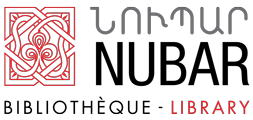
 English (UK)
English (UK)  Français (FR)
Français (FR) 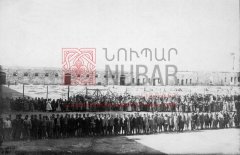
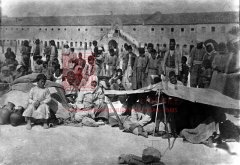
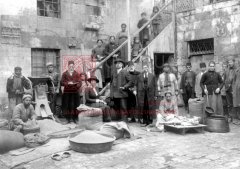
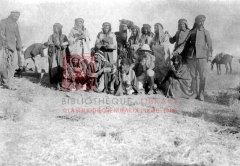
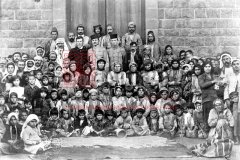
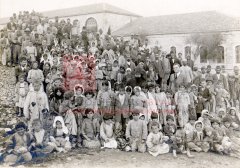
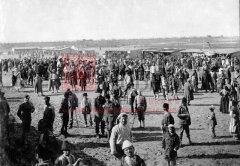
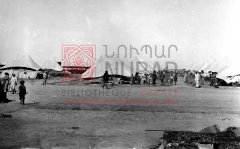
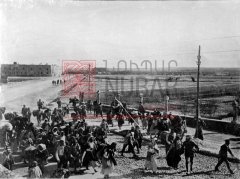
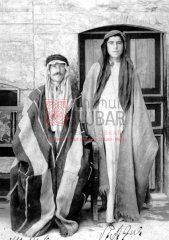
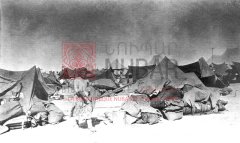
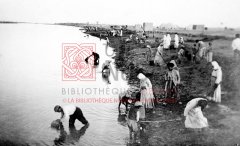
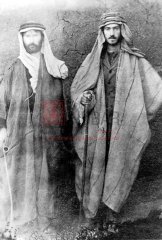
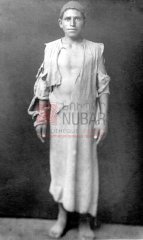
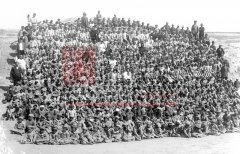
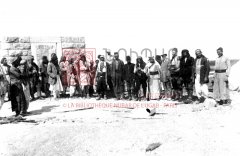
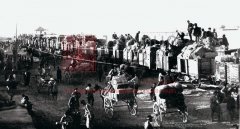
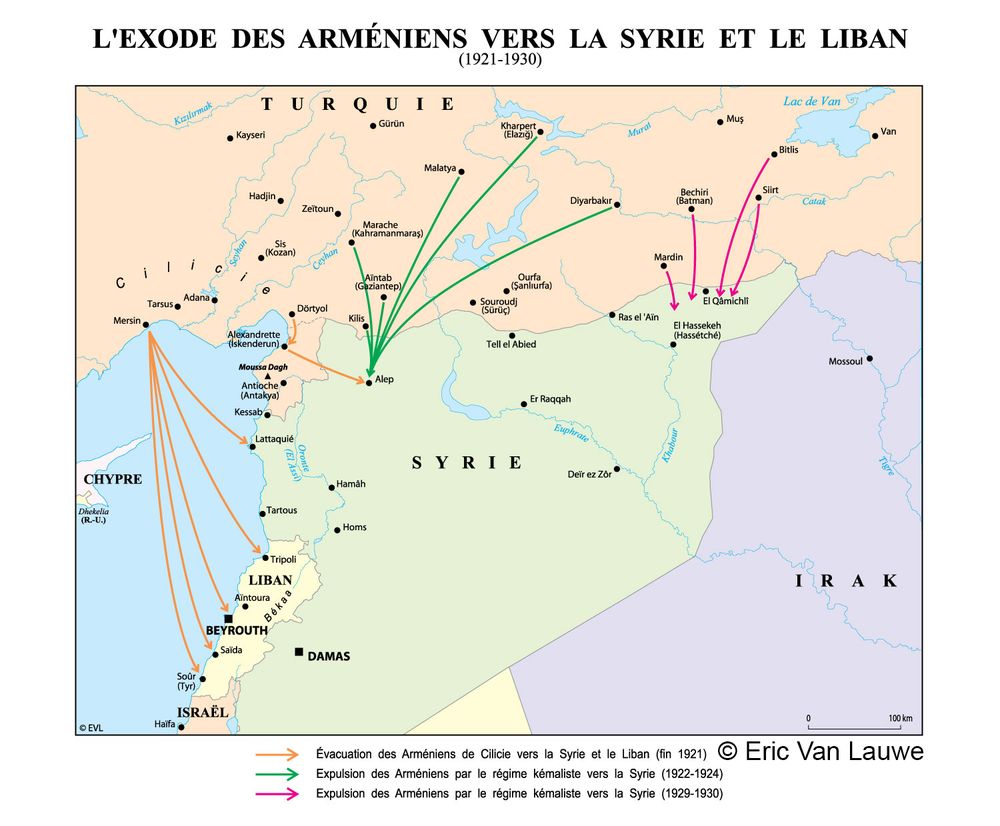
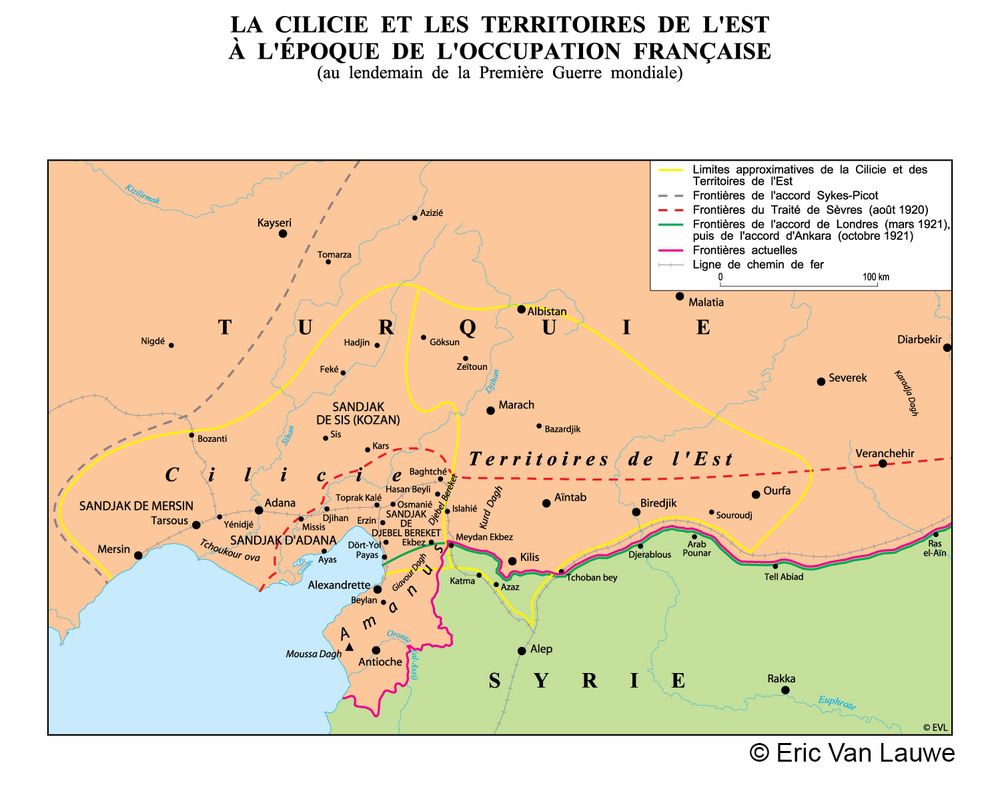
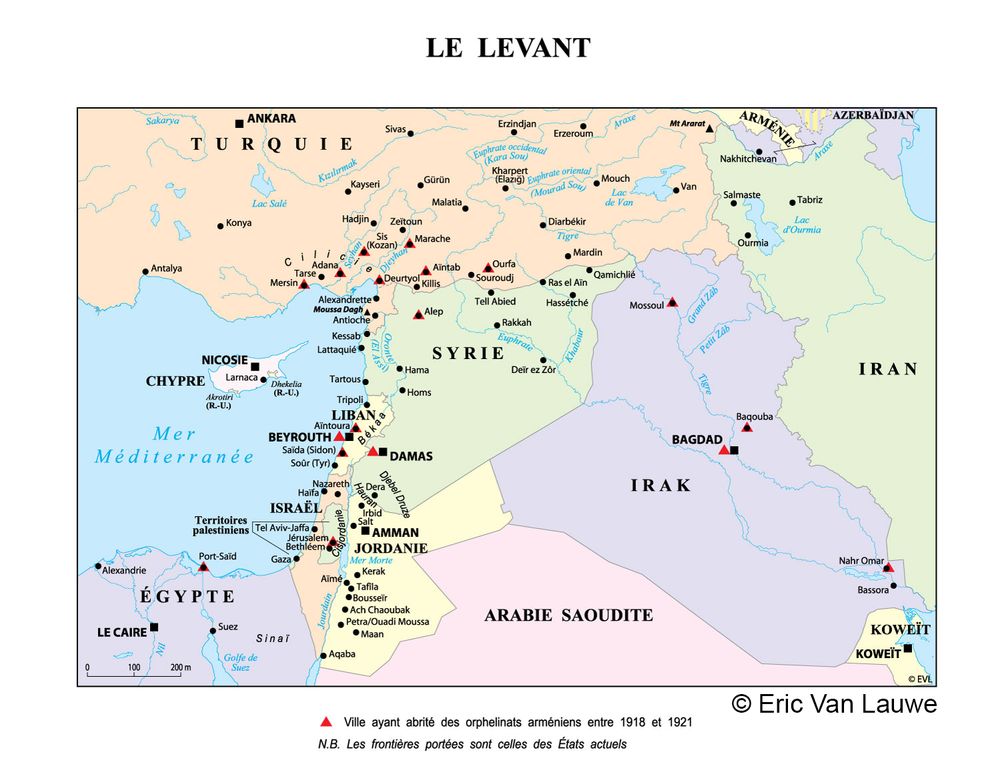
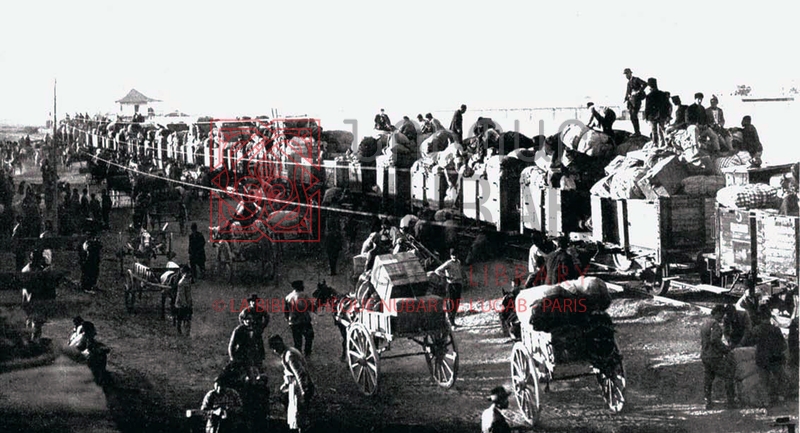
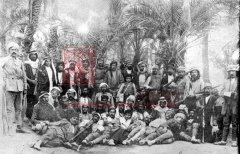
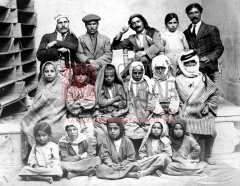
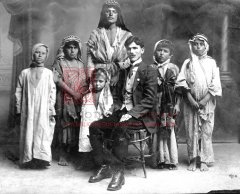
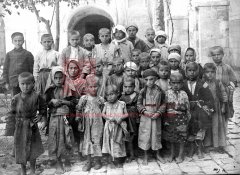
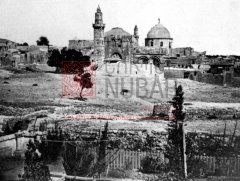

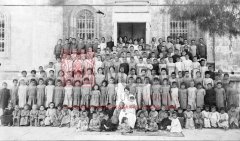
![Fiche d’identité de Tavit Hayriguian, pensionnaire à l’orphelinat Araradian de Jérusalem depuis le 10 février 1922, âgé de 9 ans, fils de Daniel et Mariam, originaires de Siirt [Seghert], déportés à Mossoul et décédés (coll. Bibliothèque Nubar). Fiche d’identité de Tavit Hayriguian, pensionnaire à l’orphelinat Araradian de Jérusalem depuis le 10 février 1922, âgé de 9 ans, fils de Daniel et Mariam, originaires de Siirt [Seghert], déportés à Mossoul et décédés (coll. Bibliothèque Nubar).](http://bnulibrary.org/images/jsn_is_thumbs/images/expos_virtuelles/armenie1915/section04/rehabiliter/09_8_jerusalem_bnu.jpg)
